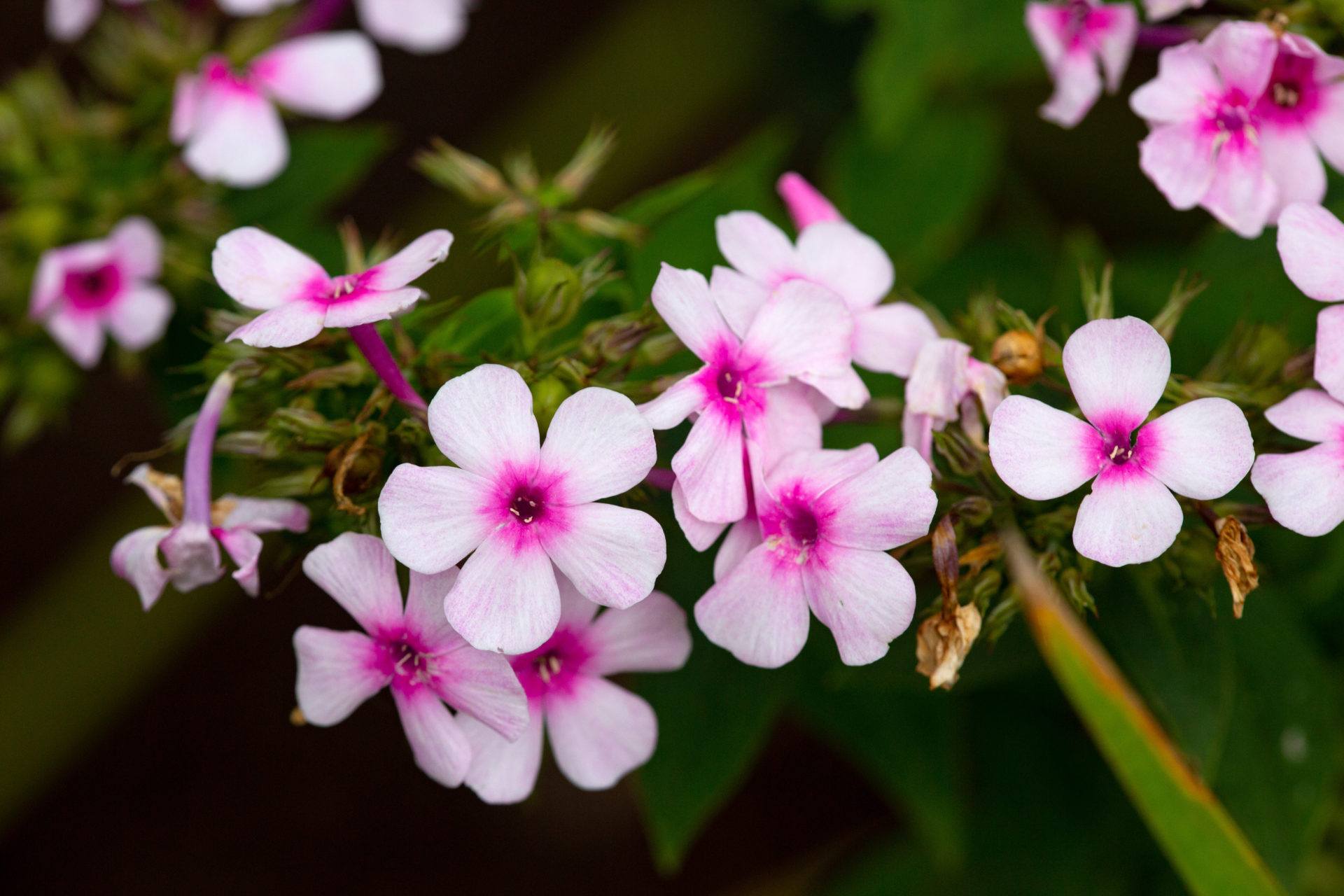
The National Garden Bureau has selected phlox as its “Year of” perennial for 2022. This versatile group of plants is native to North America and includes plants that are suitable for a variety of growing conditions. Phlox can be found in bloom from Spring through Fall, so if you are looking for color to start the growing season, look no further than these pollinator-friendly plants.
Phlox Subulata
Commonly known as moss phlox, it is one of the heralds of Spring in New England, along with forsythia and PJM rhododendron. It is native to ecoregion 83, 84 and 58, which are represented by the mid-Atlantic and north-eastern U.S. states, excluding those in New England. It is hardy from zone 3 through 9, which means it thrives further north and south of its native range.
Growing up to 6 inches tall, it forms a dense, creeping mat of small, needle-like foliage, which becomes a carpet of brilliant color when it blooms in early Spring. The star-shaped flowers come in a range of colors from white, to various shades of pink and purplish-red, as well as shades of blue, lavender, and purple. Among the pollinators it attracts are bees and butterflies. It grows in full sun, is happy in average to poor soil, and once established is drought tolerant. It, therefore, makes an excellent ground cover and can often be seen cascading over stone walls. If you wish for a second flush of flowers, shear it back after the first bloom. Generally low maintenance, it does become woody over time, and at that point benefits from a late winter shearing to promote vigorous new growth in Spring.
Popular cultivars include Emerald Blue, Emerald Pink, Drummond’s Pink, Fort Hill (light pink), Candy Stripe, Snowflake
Phlox Divaricata
Woodland phlox, as its common name indicates, is happiest under the tree canopy, where it receives dappled shade. It is native to ecoregion 58, 59 and 83, which encompasses most of the eastern U.S. north of Florida, but excludes New England. It too is hardy from zone 3 through 9, so similar to moss phlox is very adaptable.
It grows 10-14 inches tall and 12-16 inches wide with a spreading habit. While flower colors are not as numerous as creeping phlox, woodland phlox flowers offer fragrance and a pop of bright color in the understory of woodlands. For success with this plant, it requires at least partial shade and average soil moisture. It attracts long-tongued insects, such as butterflies, bumblebees, and moths as pollinators.
Popular cultivars include Blue Moon, Fuller’s White, May Breeze (white)
Phlox Stolonoifera
Native to ecoregion 66 and 69, the Appalachian Mountains south from Pennsylvania, creeping phlox is happy in both sun and partial shade and will form a loose mat of semi-evergreen foliage. It grows 6-12 inches tall, and will spread by stolons, stems that root where they touch the ground, and this enables it to create a dense carpet of leaves. Its scented flowers are prolific and are held an inch or two above the round leaves. Dead-heading spent flowers is beneficial to prevent the chance of mildew. It attracts bees, butterflies, moths and hummingbirds as pollinators with white cultivars being particularly attractive to moths.
Popular cultivars include Sherwood Purple, Home Fires (dark pink)
Sources: Native Plant Trust









